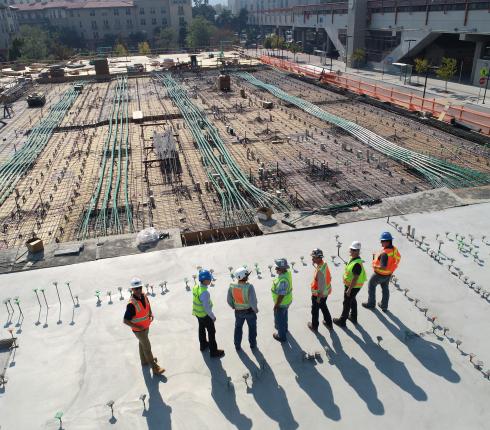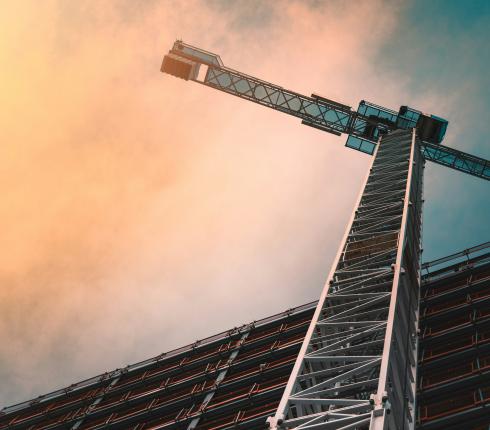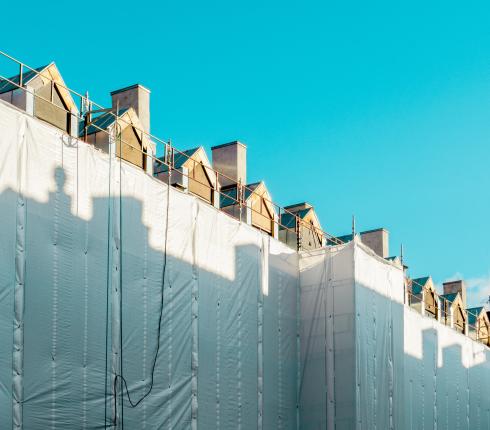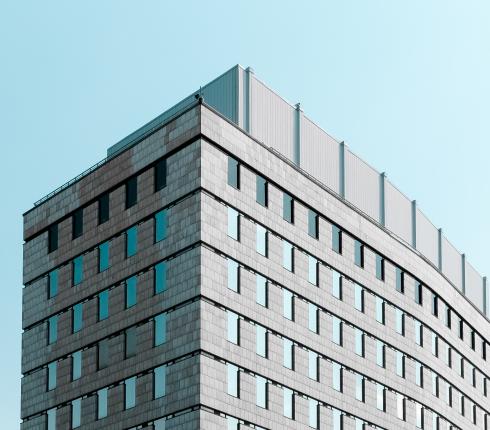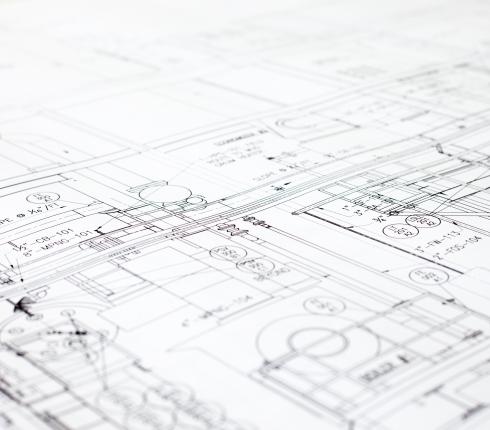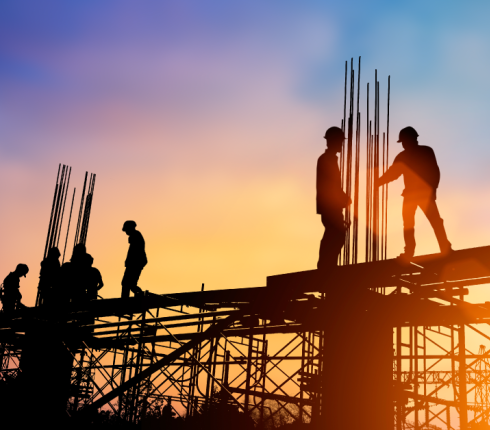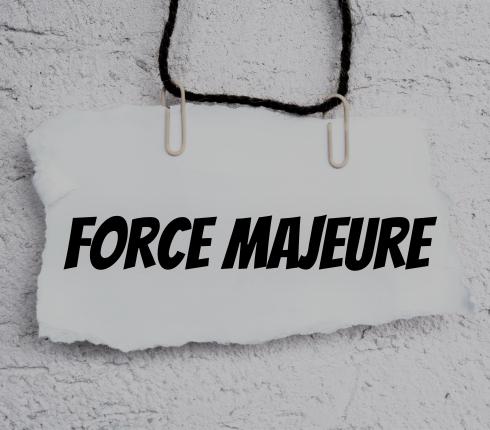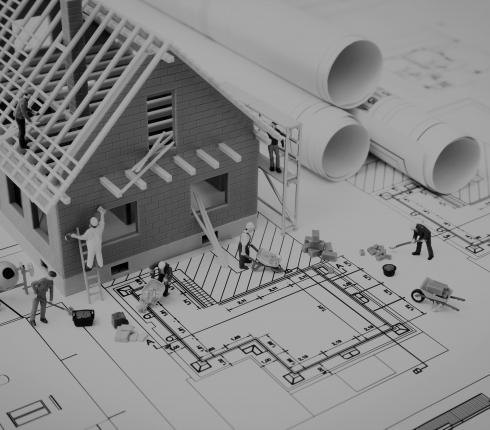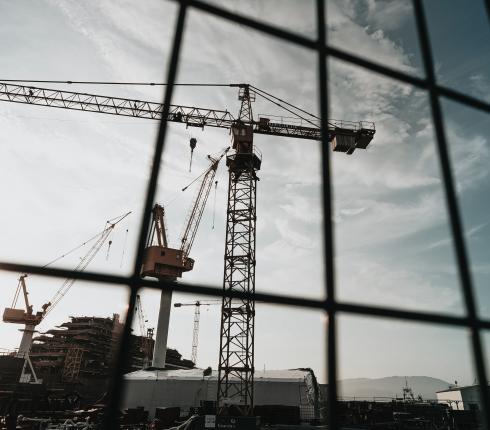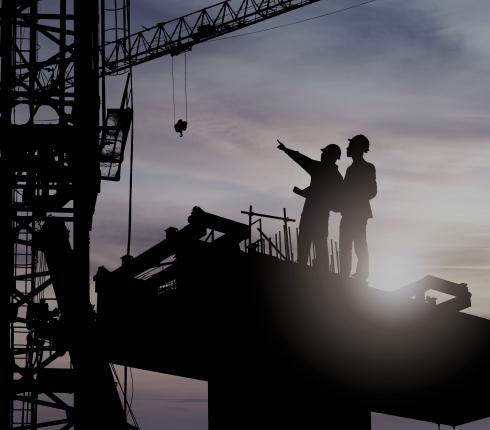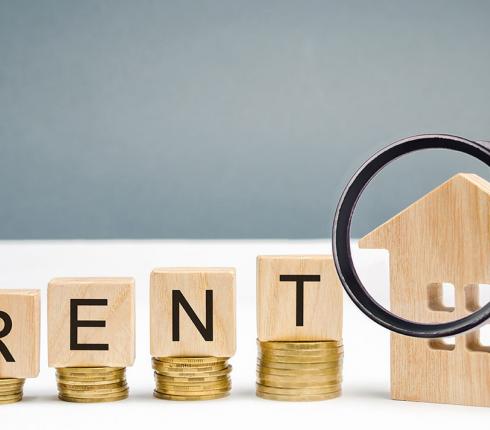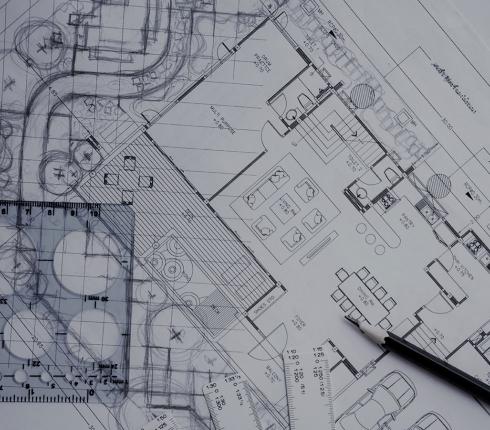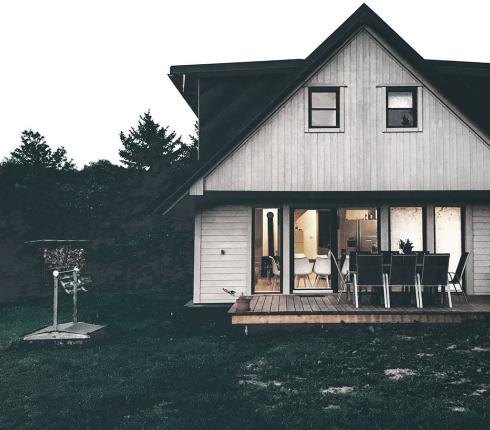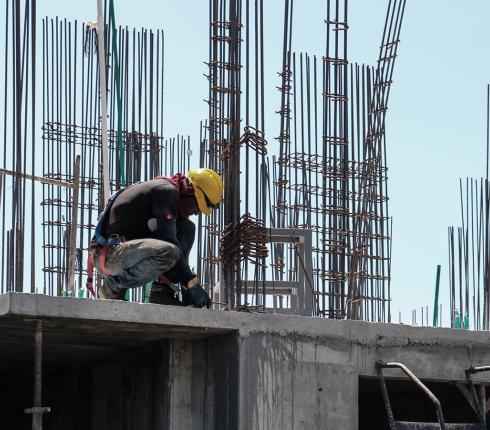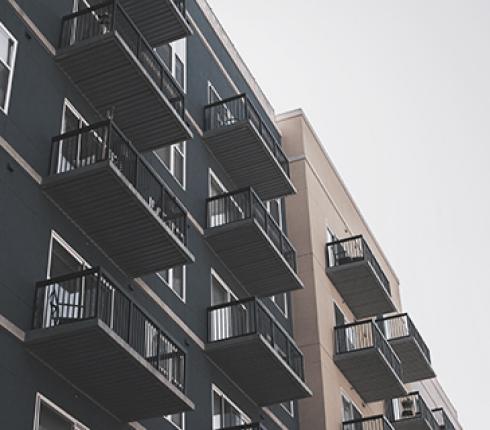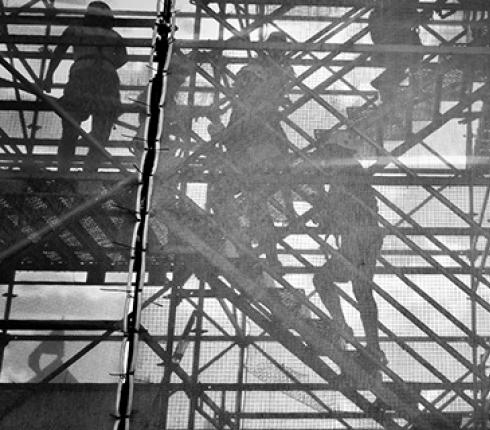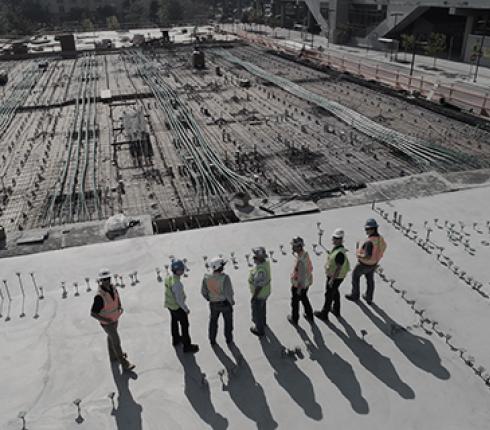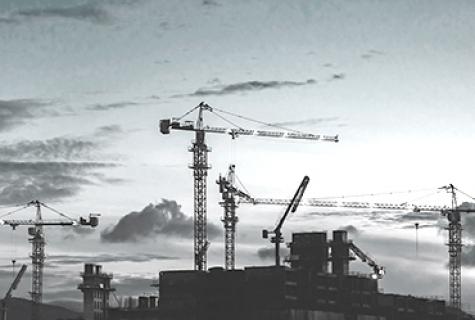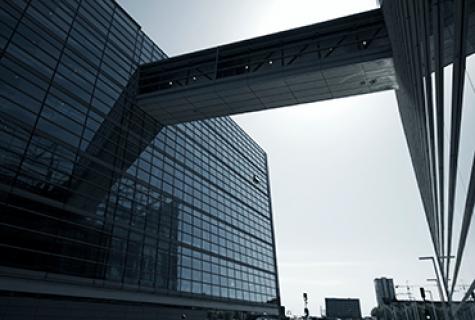The contractor’s responsibilities and liabilities under Lithuanian construction law
In Lithuania, the legal relationships in the construction sector are complex and governed both by private and public law.
The input of the public law is to protect the public interest and ensure that buildings are designed and constructed in such a way that the safety of people, animals, and property, as well as the environment, are not endangered. The new ruling of the Lithuanian Supreme Court of 16 January 2020 (civil case No. 3K-3-129-1075/2020) stepped one step forward in regulating the liability issues when the building developer, builder, and contractor are different persons.
The Lithuanian Supreme Court’s ruling of 16 January 2020 clarified the definition of the contractor and commented on the building developer’s and contractor's responsibilities during and after the construction process. Firstly, the Court highlighted that the building developer, together with the contractor has to guarantee the quality of the building during the warranty period. Secondly, the Court outlined that the contractor ensures safety and stability both during the construction phase and after it, thus protecting not only the interests of the other contractual party (the developer and/or the builder) but also the interests of third parties, in particular the subsequent owners of the building. Thus, the duty of the contractor is twofold: the obligation to deliver a quality work result and the duty to guarantee the quality of the work result within the warranty period.
Before this Lithuanian Supreme Court ruling that brought the clarification of the concept and liability of the contractor, it has been deemed that the contractor is not liable for defects discovered in the constructed building during the warranty period. Therefore, a third party (i.e. subsequent owner), having noticed the defects, approached the builder and/or the developer, but did not have a legal basis going directly after the contractor, which became particularly problematic in case the builder and/or developer had become insolvent. This ruling has enabled the subsequent owners to go directly after the contractor, thereby ensuring better protection of their legal rights.




